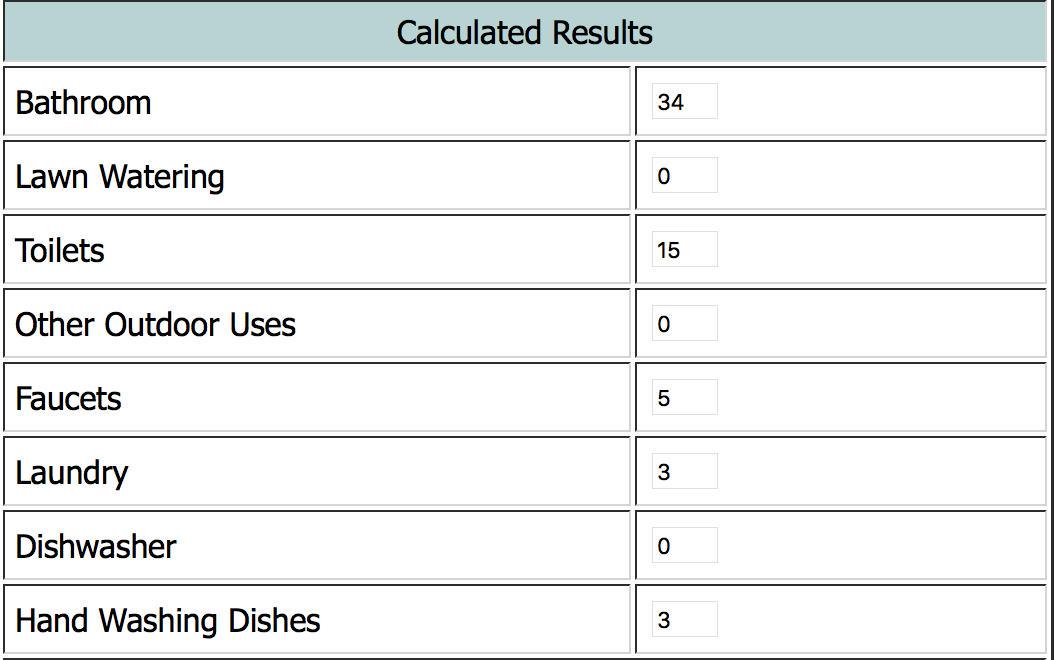1-a) Being from San Juan, Puerto Rico, the source of water there comes from rainwater which we have developed streams over specific areas to collect it in what’s known as the Carraizo Lake. There the water for the areas of San Juan, Trujillo Alto, Carolina, Bayamón, Loíza, Canóvanas, Cataño, Toa Baja and Guaynabo is collected. It later goes through different processing units located in strategic locations which purify the water and then is sent to our homes and businesses. The used water isn’t directly deposited into our rivers, it instead goes through a six step process to purify it of contaminants before it is sent to natural resources such as rivers or the ocean. It starts by going through a set of local pumps which direct it towards main cleaning plants. Followed by the removal of stones and other hard materials. It is then sent through a secondary process to separate solid materials (sand and such). After it is disinfected and the pH balance is set to the natural one. And finally it is reoxygenated so it is compatible with plant life and sent back into the environment. Online sources: http://www.acueductospr.com/COMUNICACIONES/alcantarillado.html / http://www.acueductospr.com/NUESTRAAUTORIDAD/regiones.html
1-b) Results are shown in gallons.
1-c) My main uses of prepare food, sanitary reasons, dish washing and laundry. So if I were in a situation where I had to use just two gallons a day, I would prioritize making food and sanitation. To prepare food, I would need just around four cups of water to make food that would last me around 3-4 days of leftovers, saving me water to use elsewhere or saving it for another day. I could do one of my daily needs without the need of a toilet, so that saves some gallons. Sanitation would definitely take the most amount of water. Usually the body doesn’t require much water to rinse, but my hair does (I have fairly long hair), so I guess the best thing would be to shave my head in order to conserve even more water. Also being experienced in living in limited conditions (I’m also an Eagle Scout) I can in fact be fairly successful at systematically stretching the water usage as much as possible. Compared to 1-b, well I would have to sacrifice doing dishes as often, or saving up water for a few days in order to do things such as maintain my hair and peeing in a toilet. Being from an island which recently suffered a lack of rain, we saw a very rapid decrease in our water supply causing a massive drought that lasted months. Water usage there became a very real issue very quickly, while a continent typically has more reliable sources of water with rivers crossing over the entire country.

Hi! My name is Julie. Here is a link to my blog: https://wp.me/p3RCAy-bl9
I was very interested in the process used in your hometown in order to get water. Where I am from, we take it from the river, but I was interested to read how yours is taken from rainwater. I also like the idea that your waste water is cleaned and the ph is balanced so that it can be sent back into the environment. I especially liked how you incorporated that you were an Eagle Scout and would adapt to your environment in order to live.